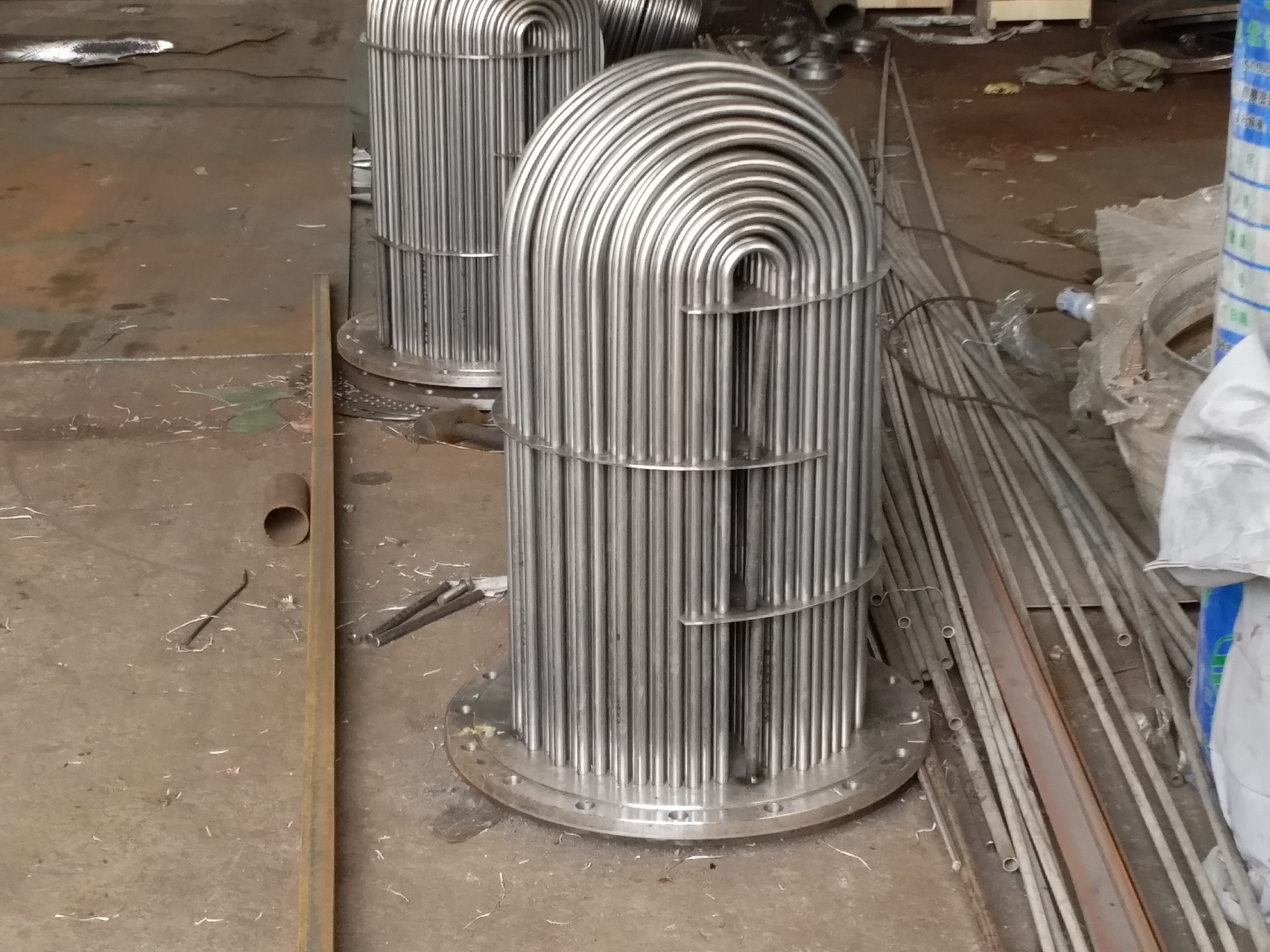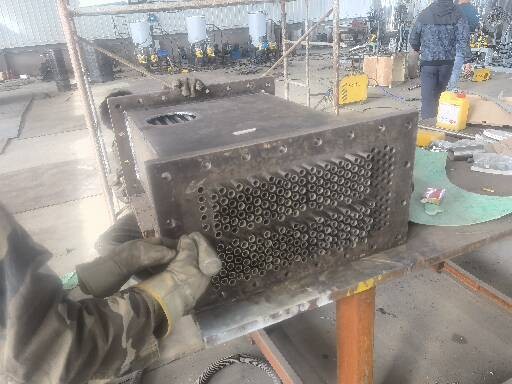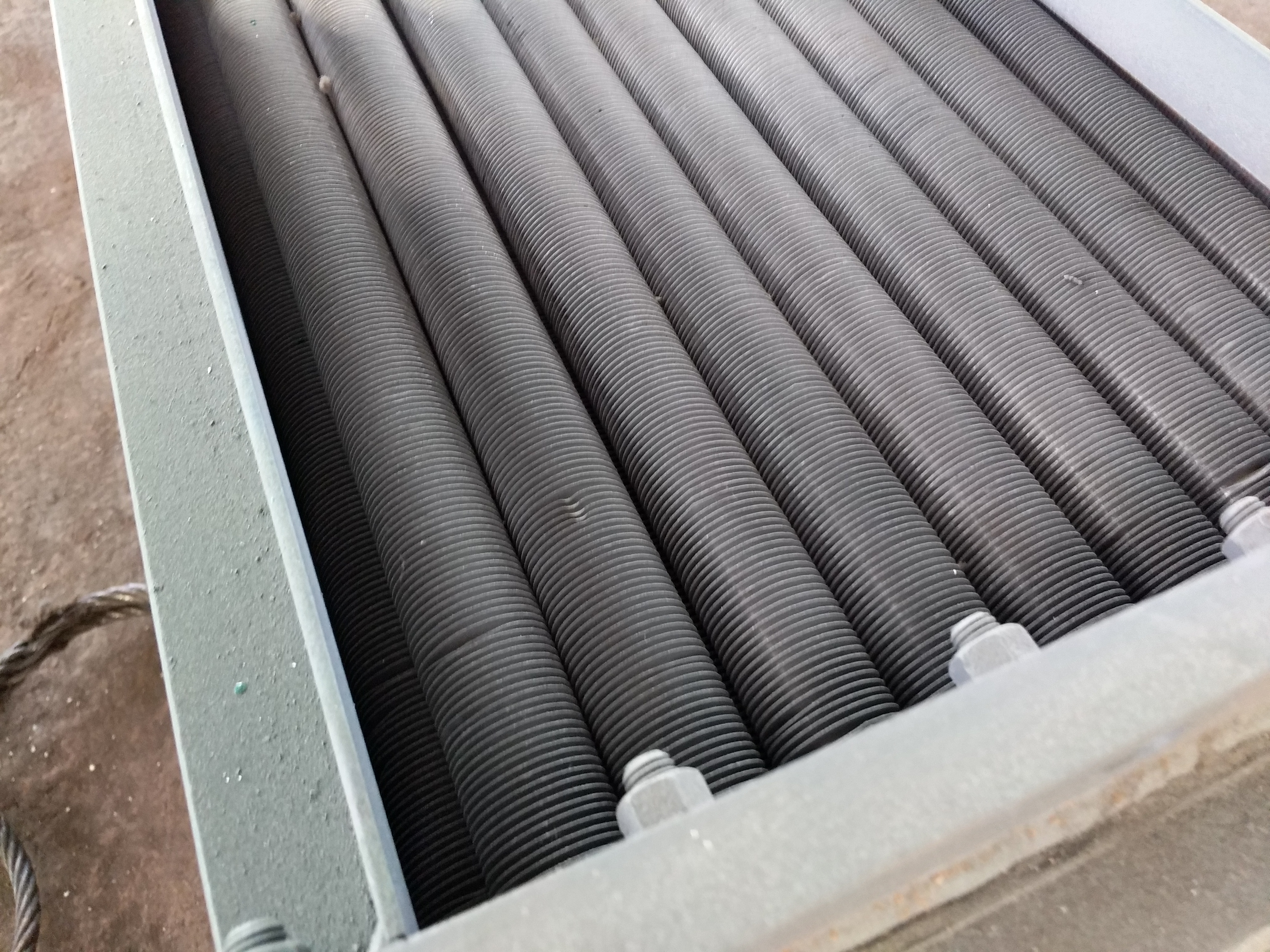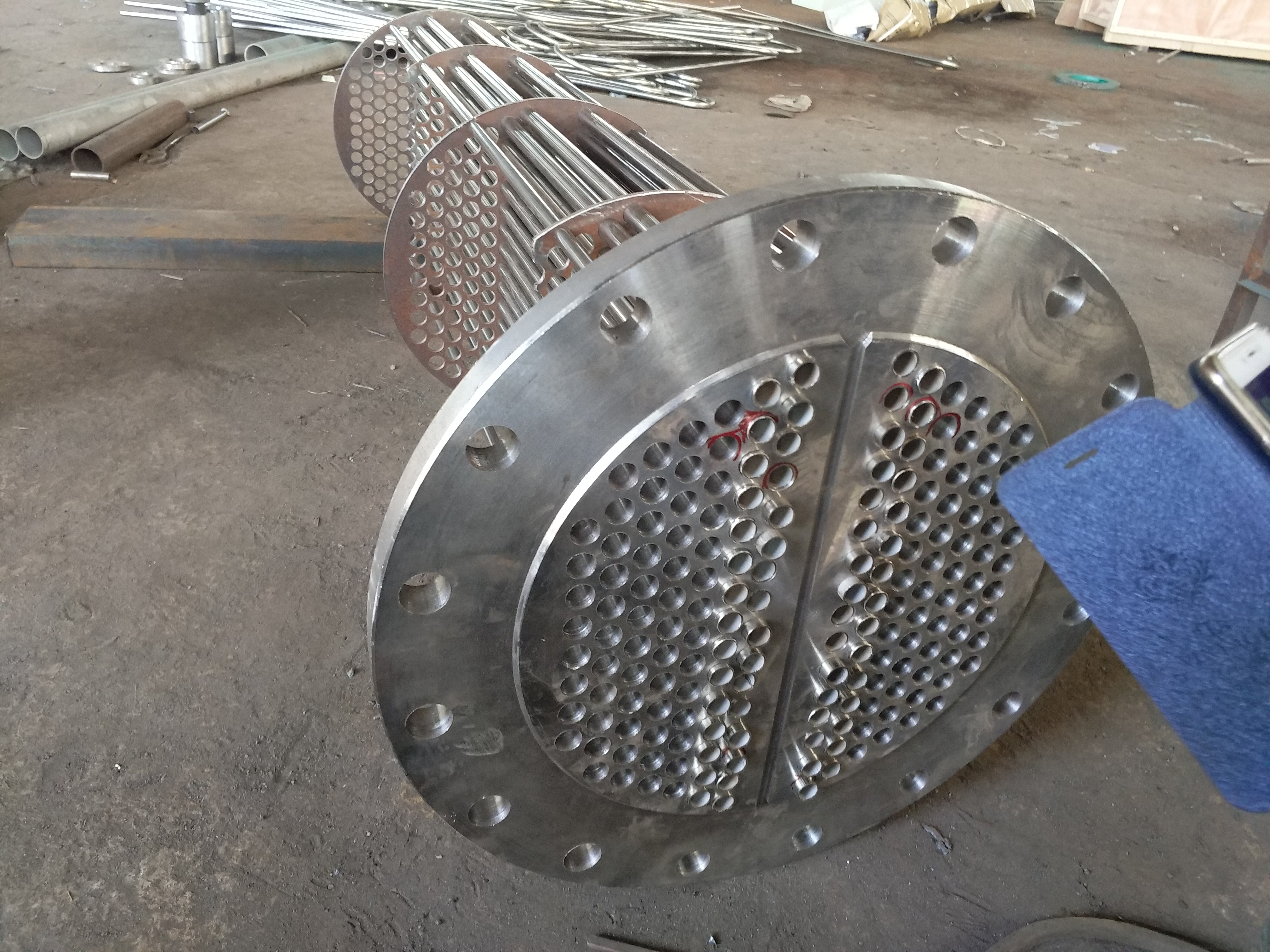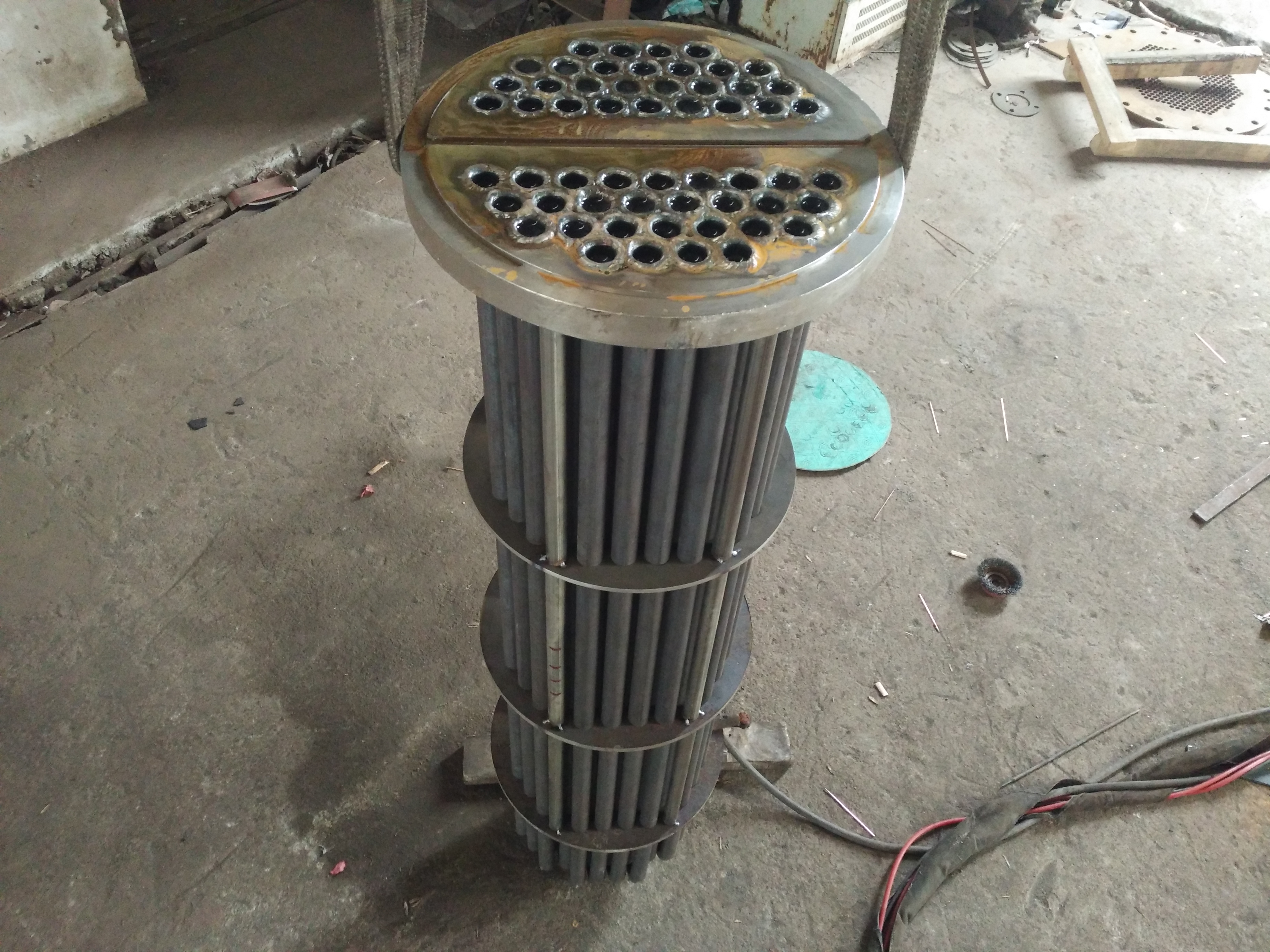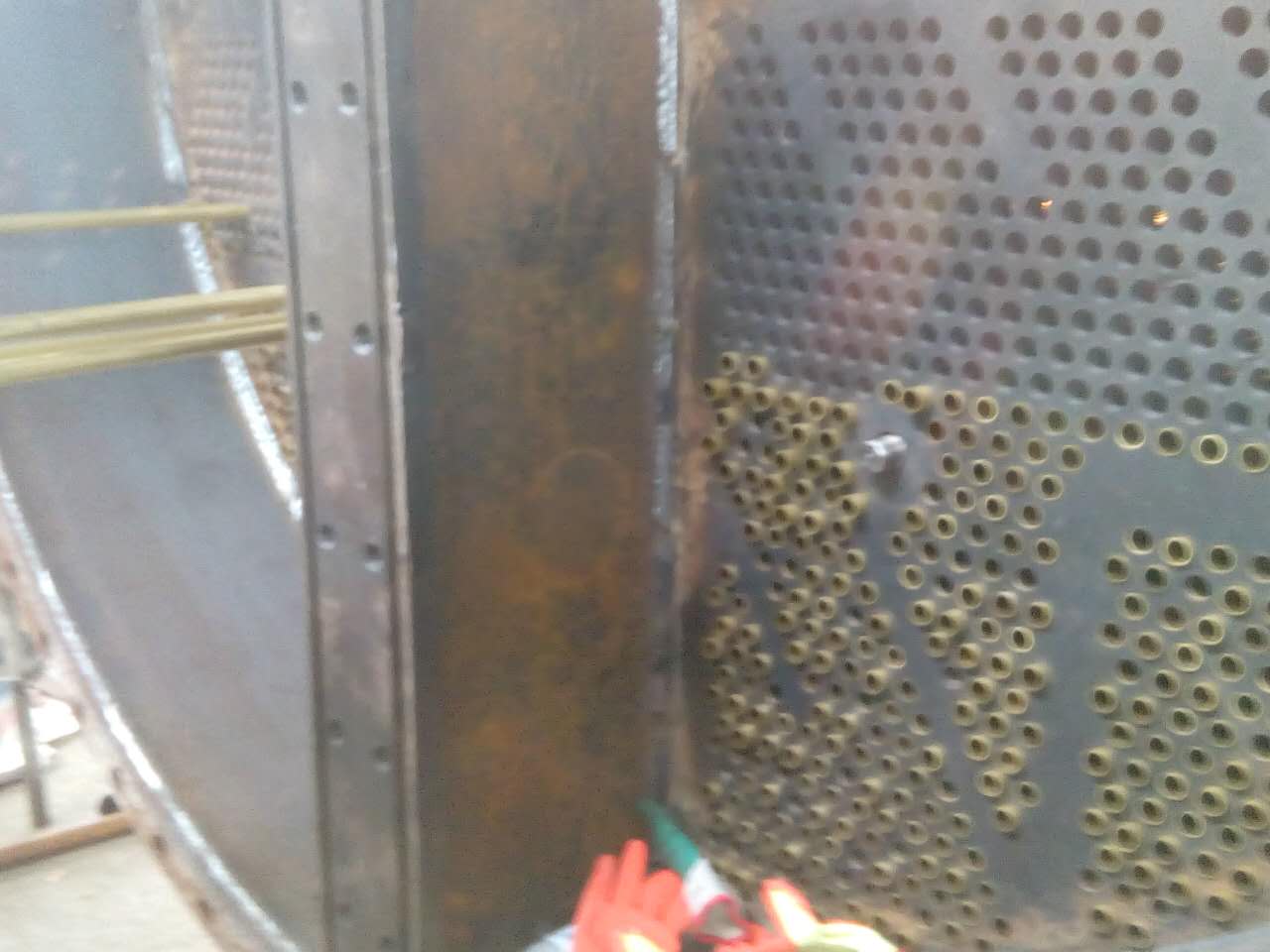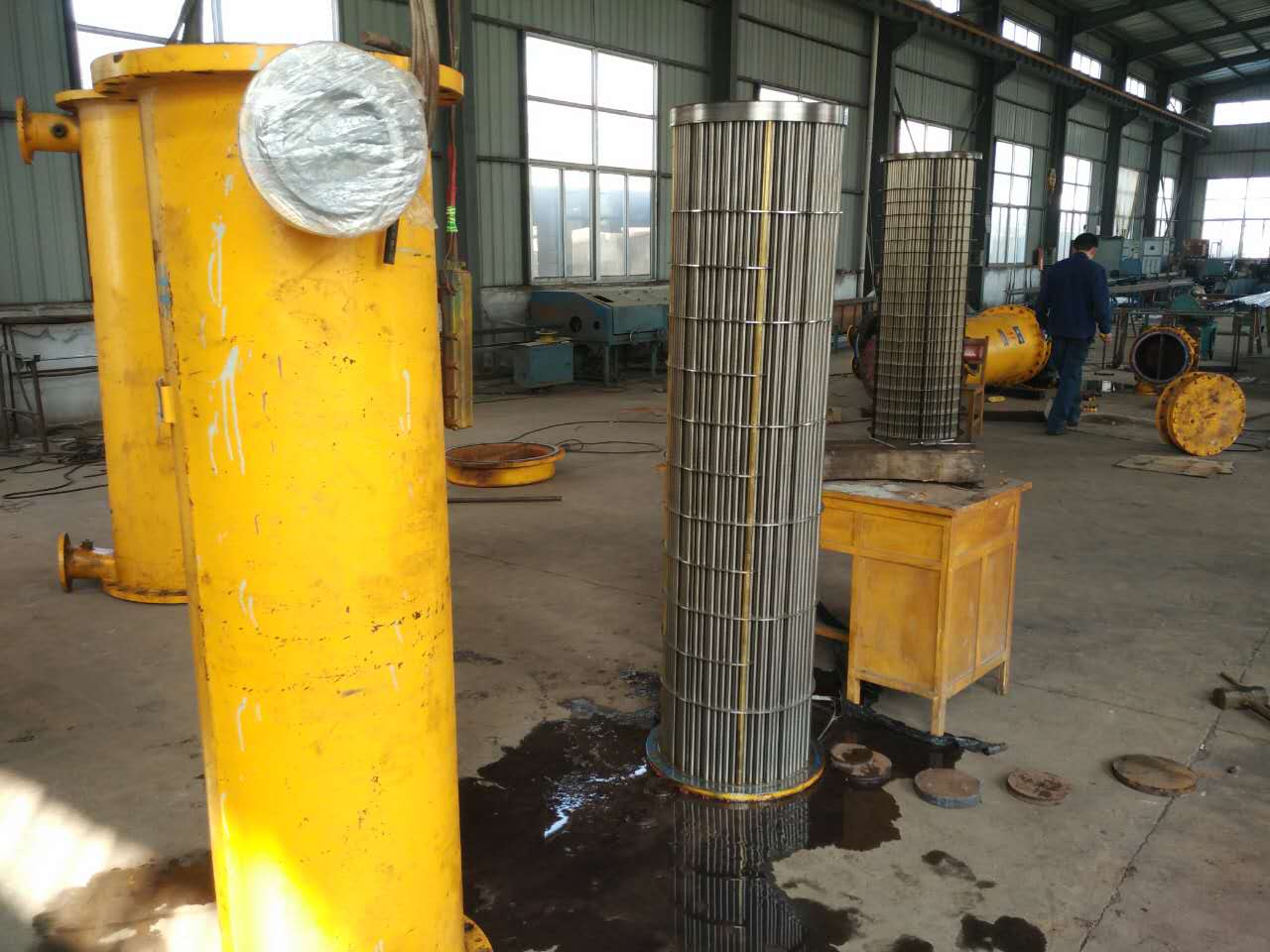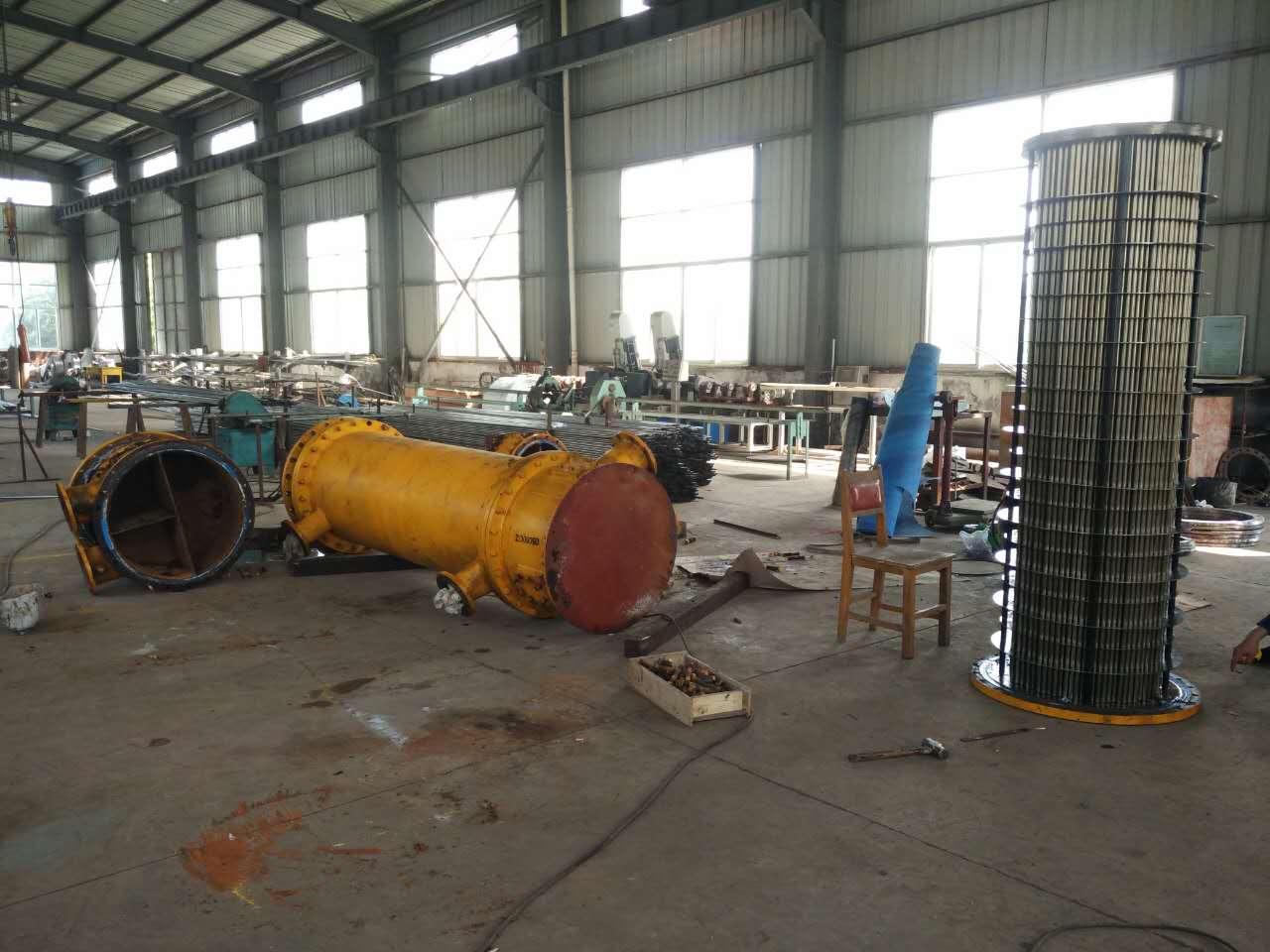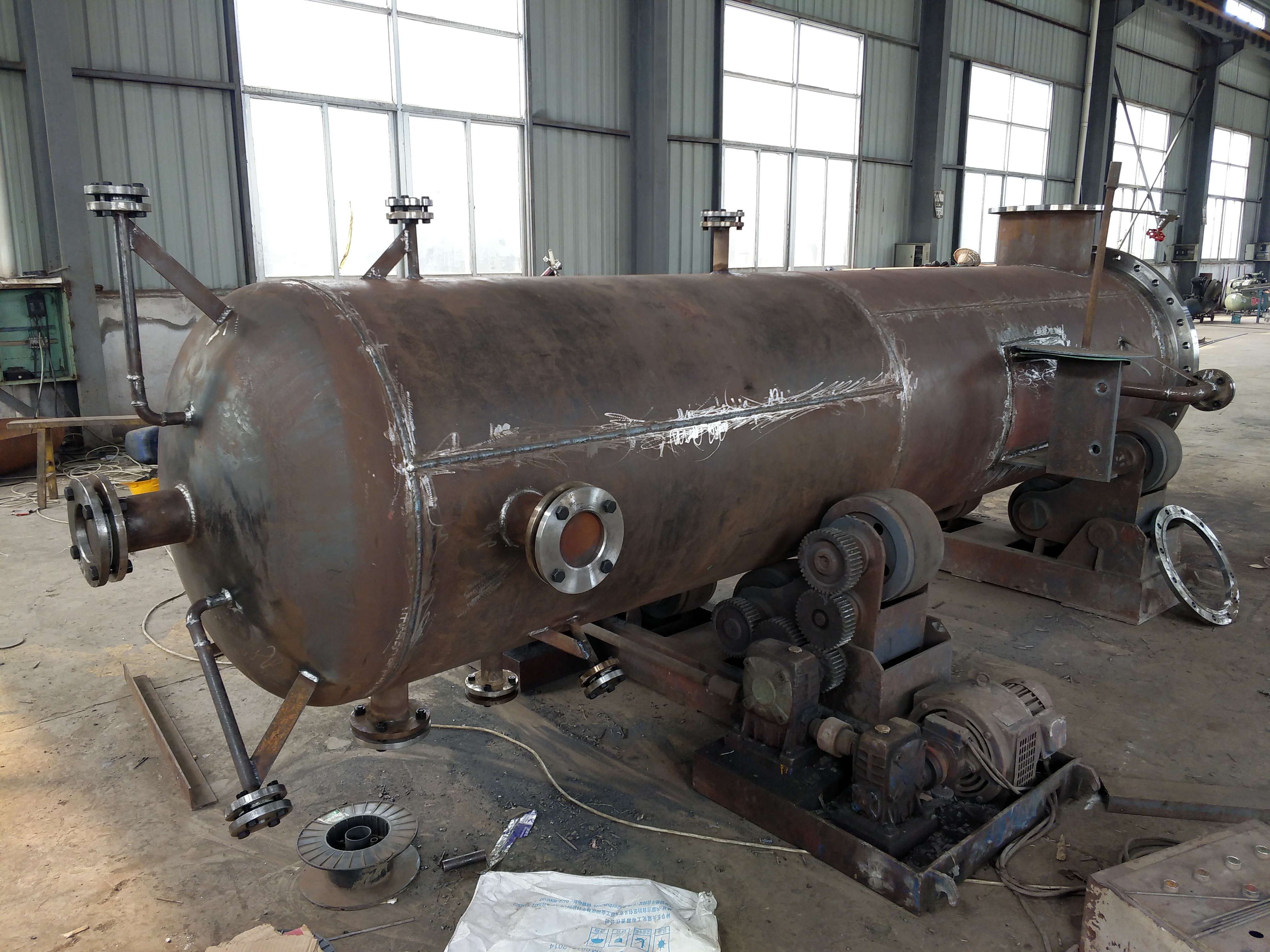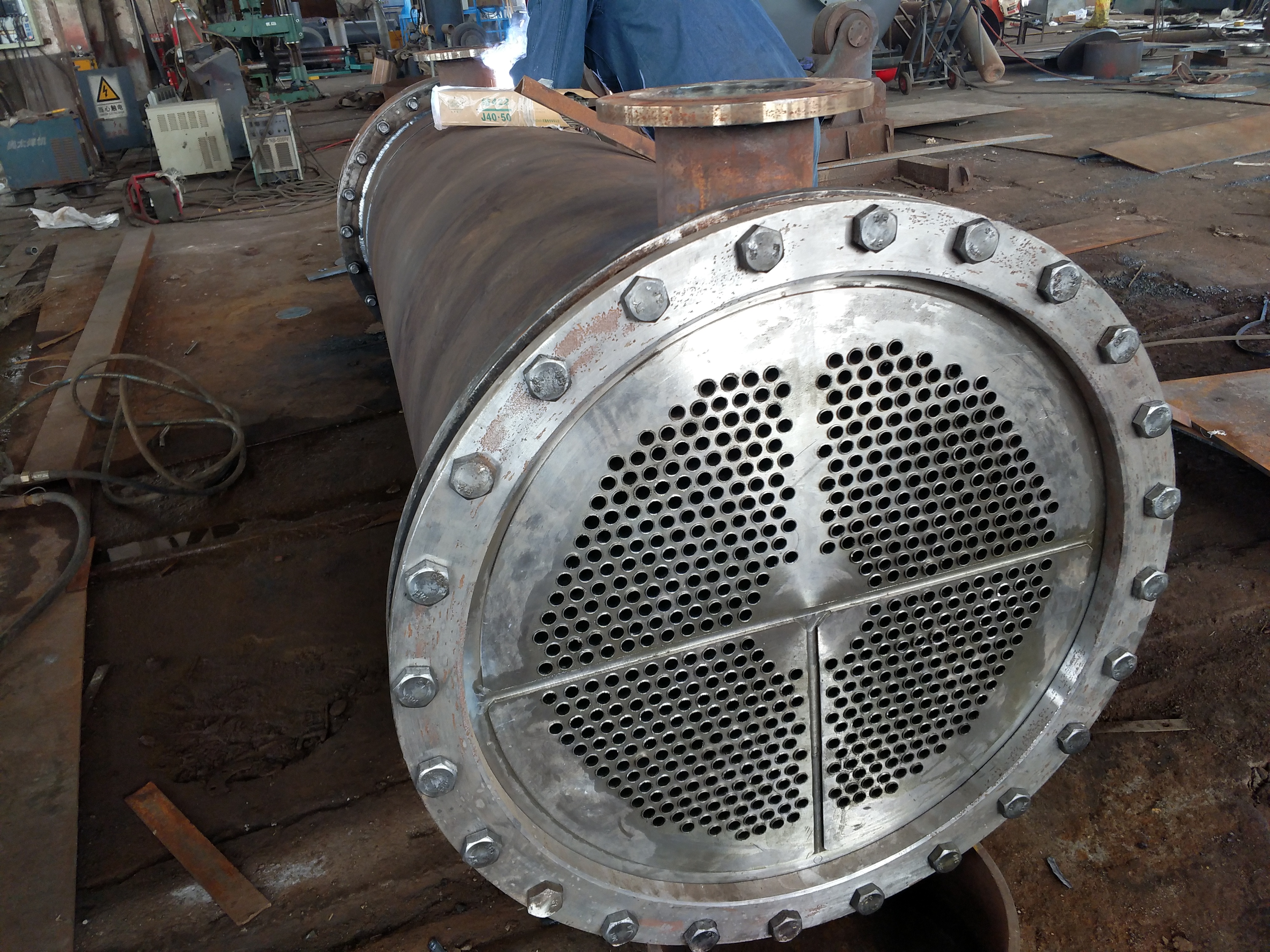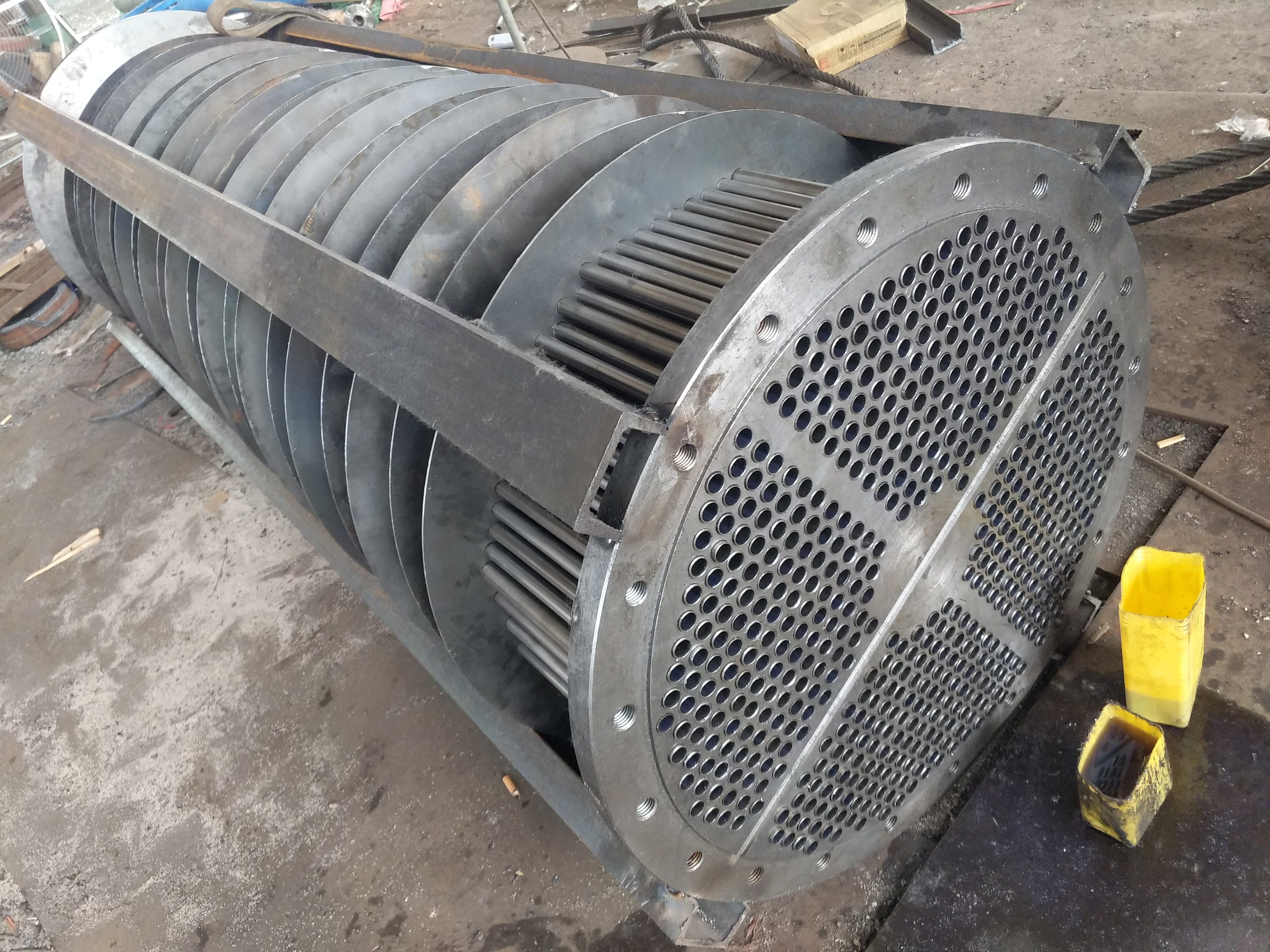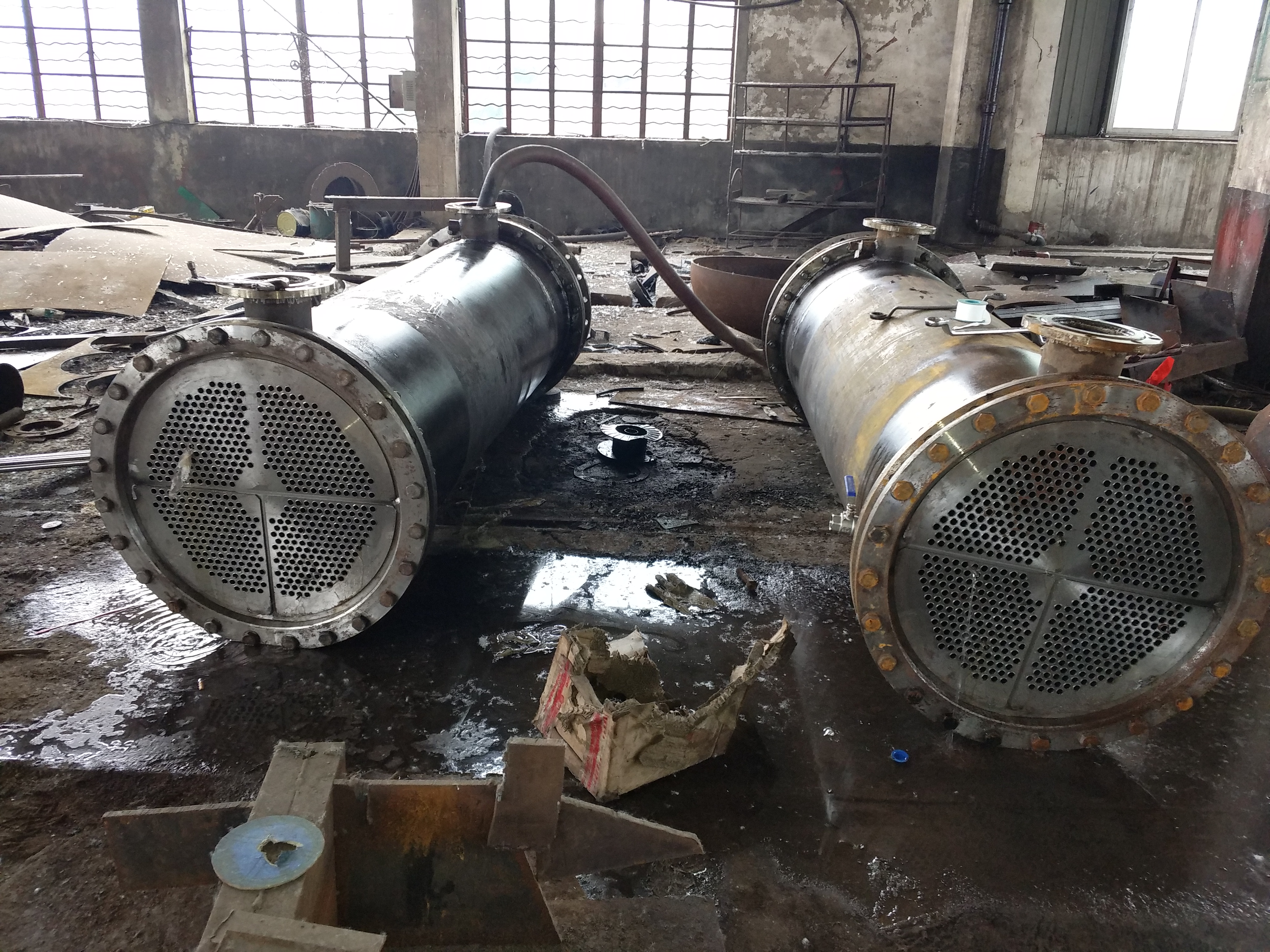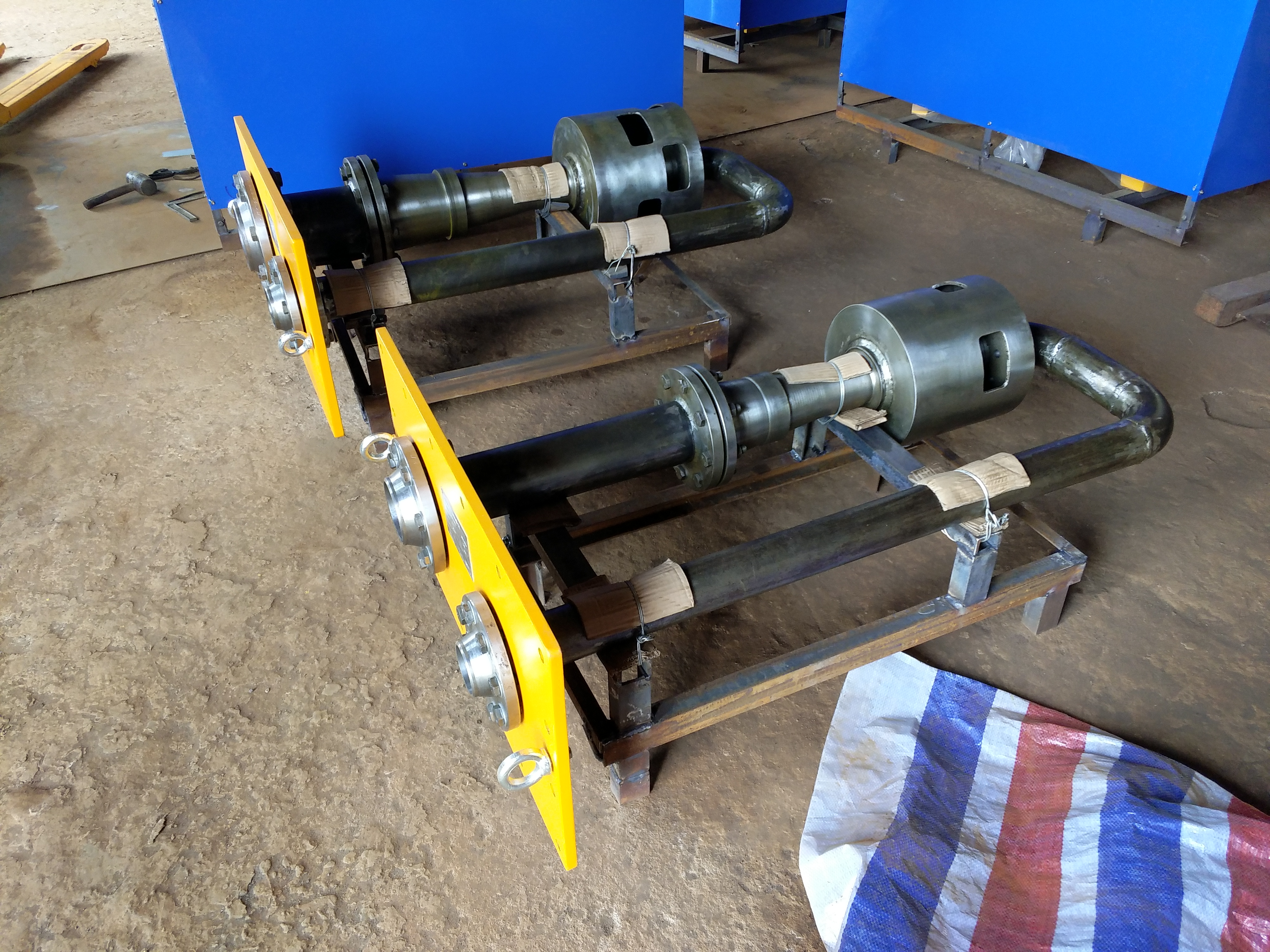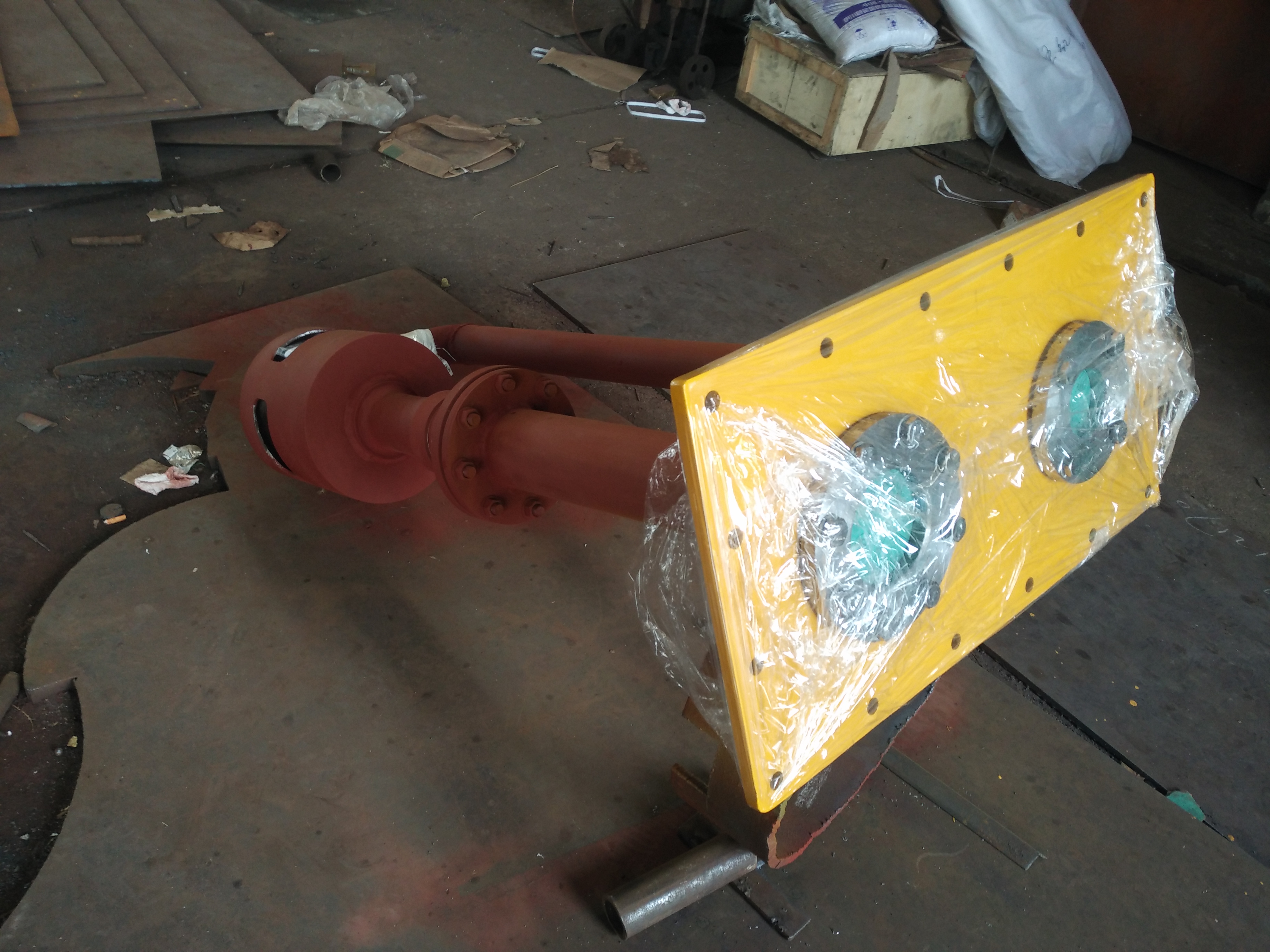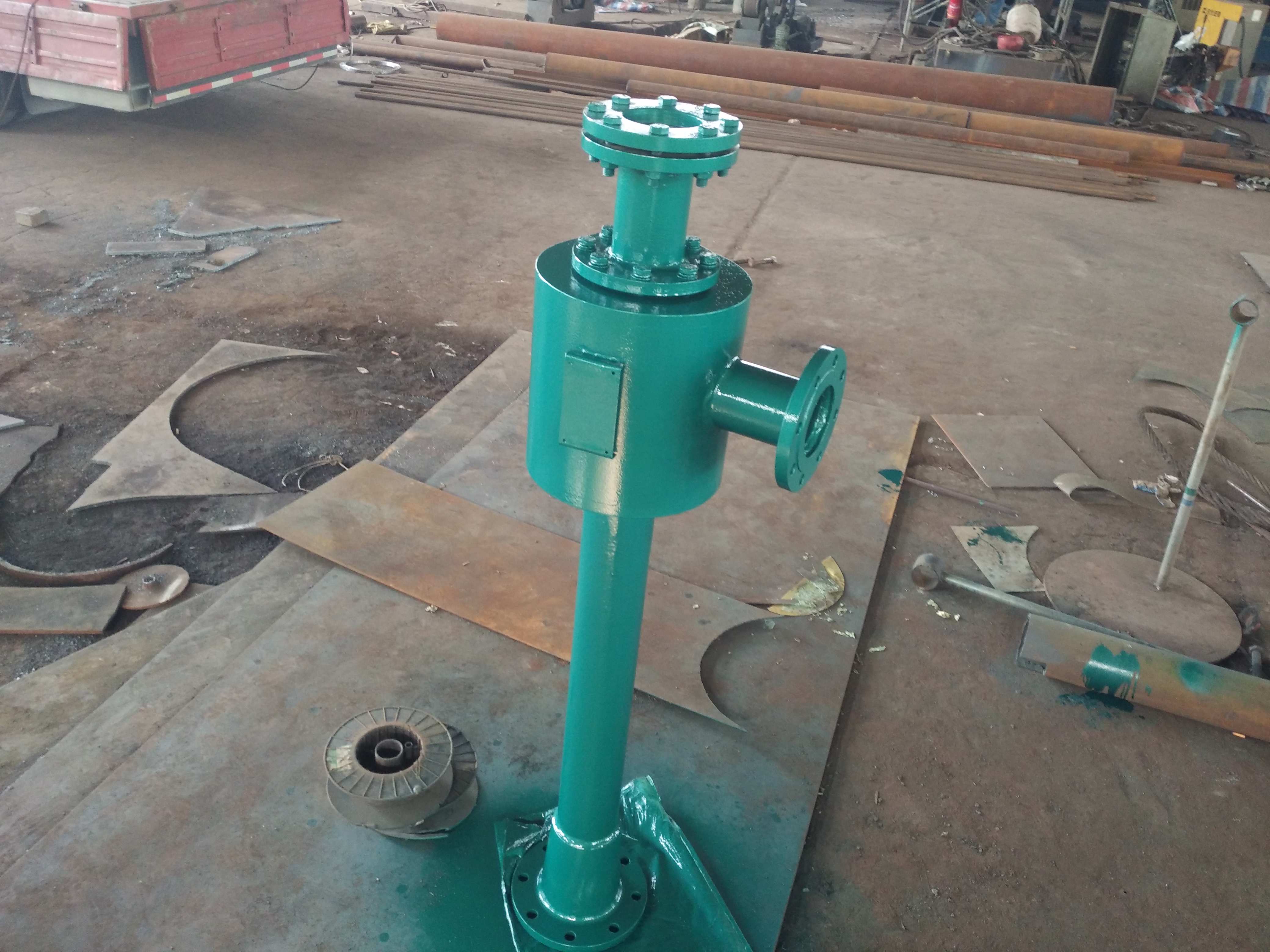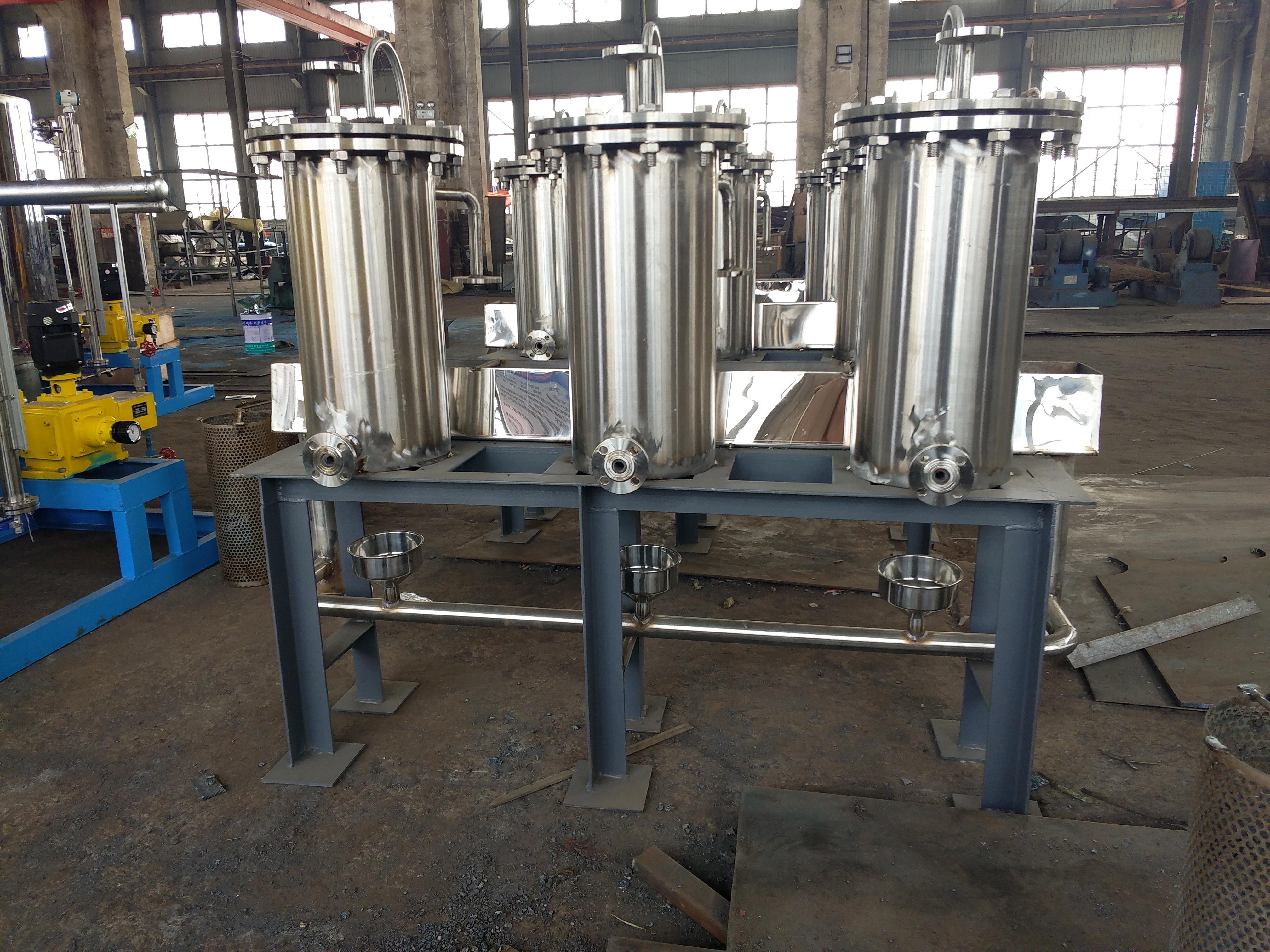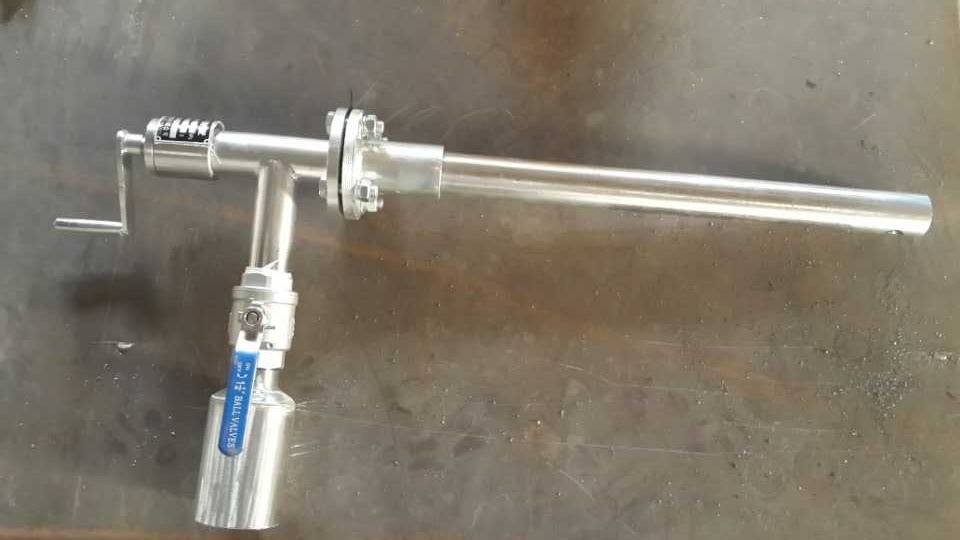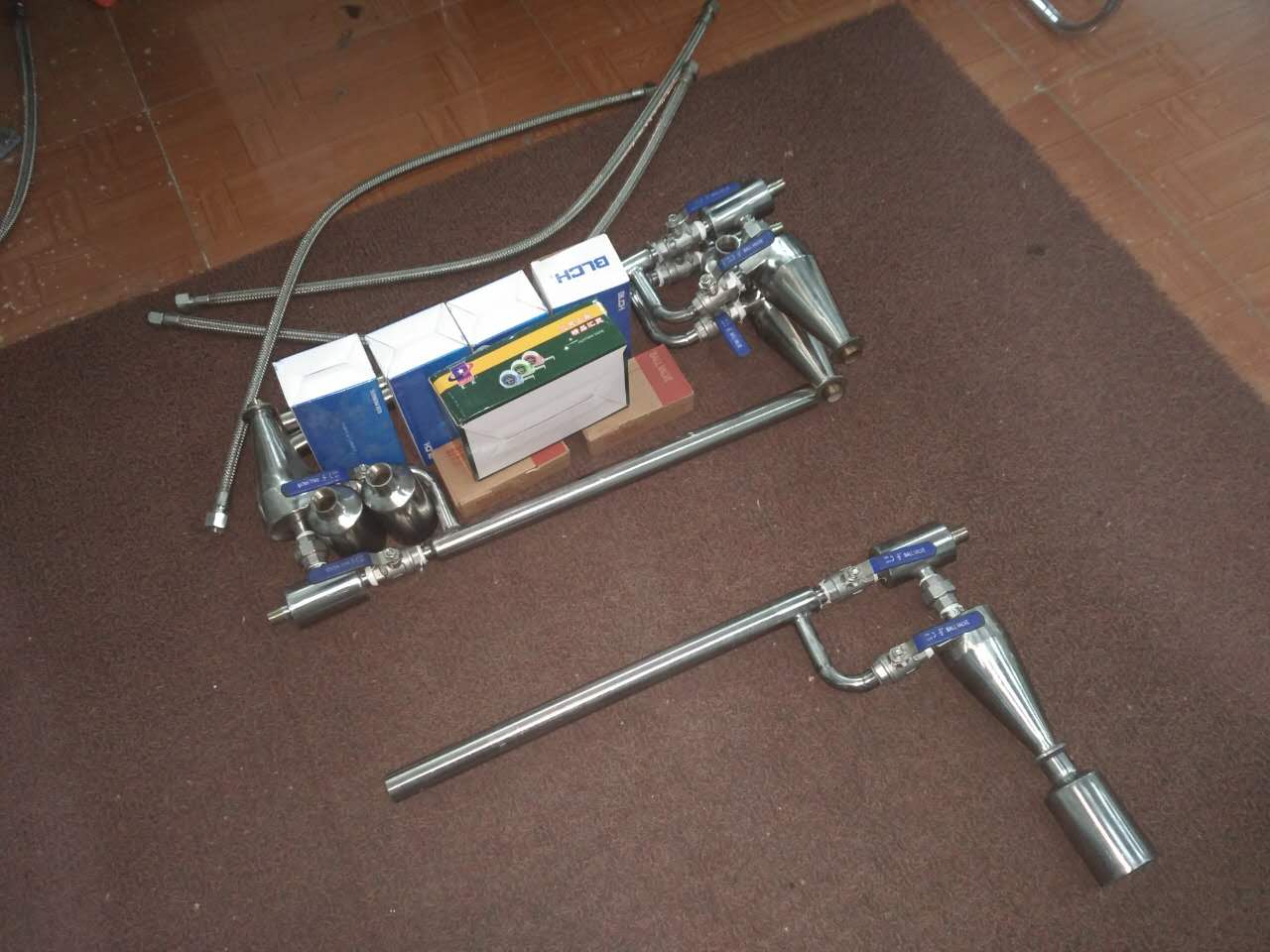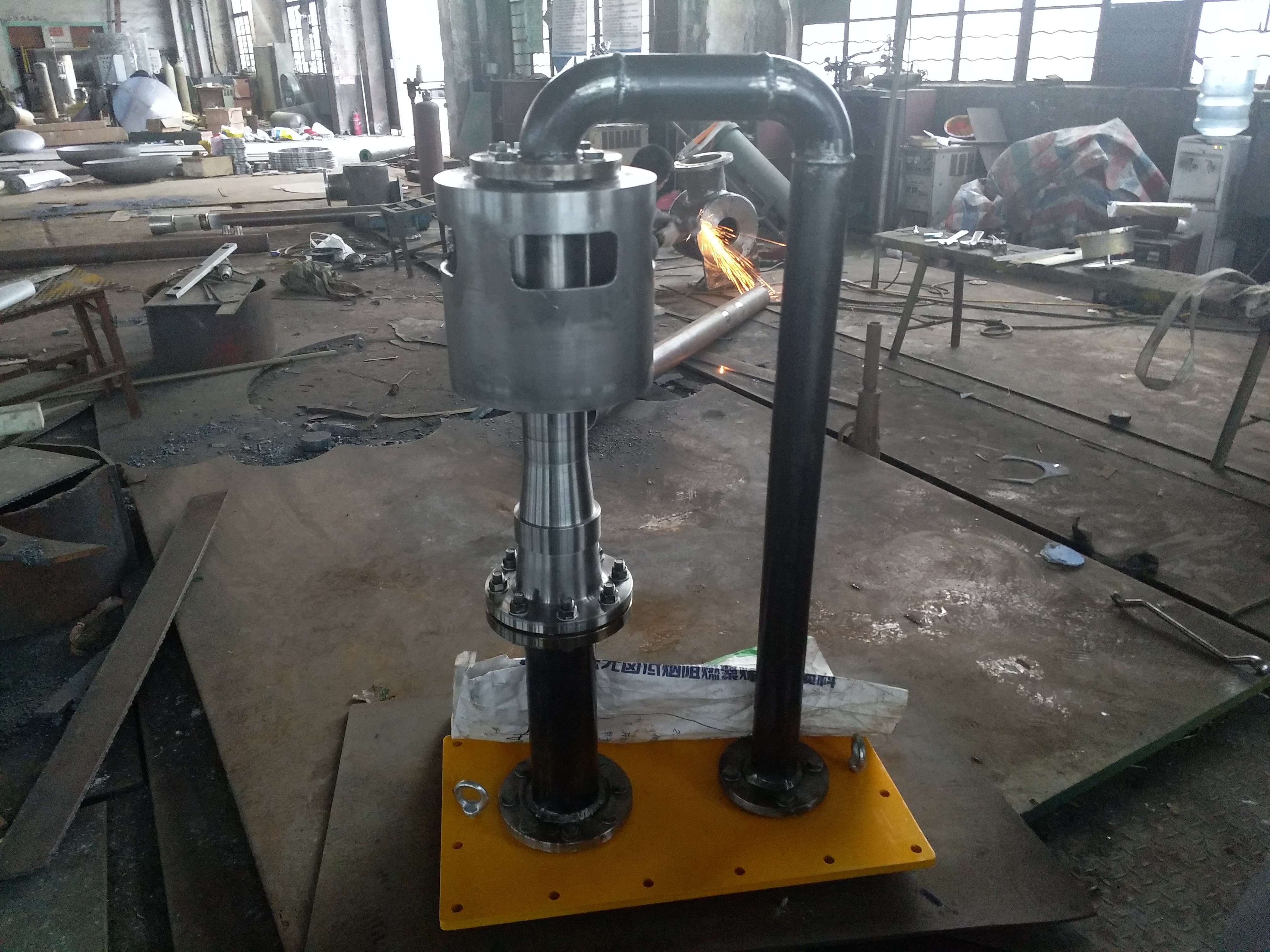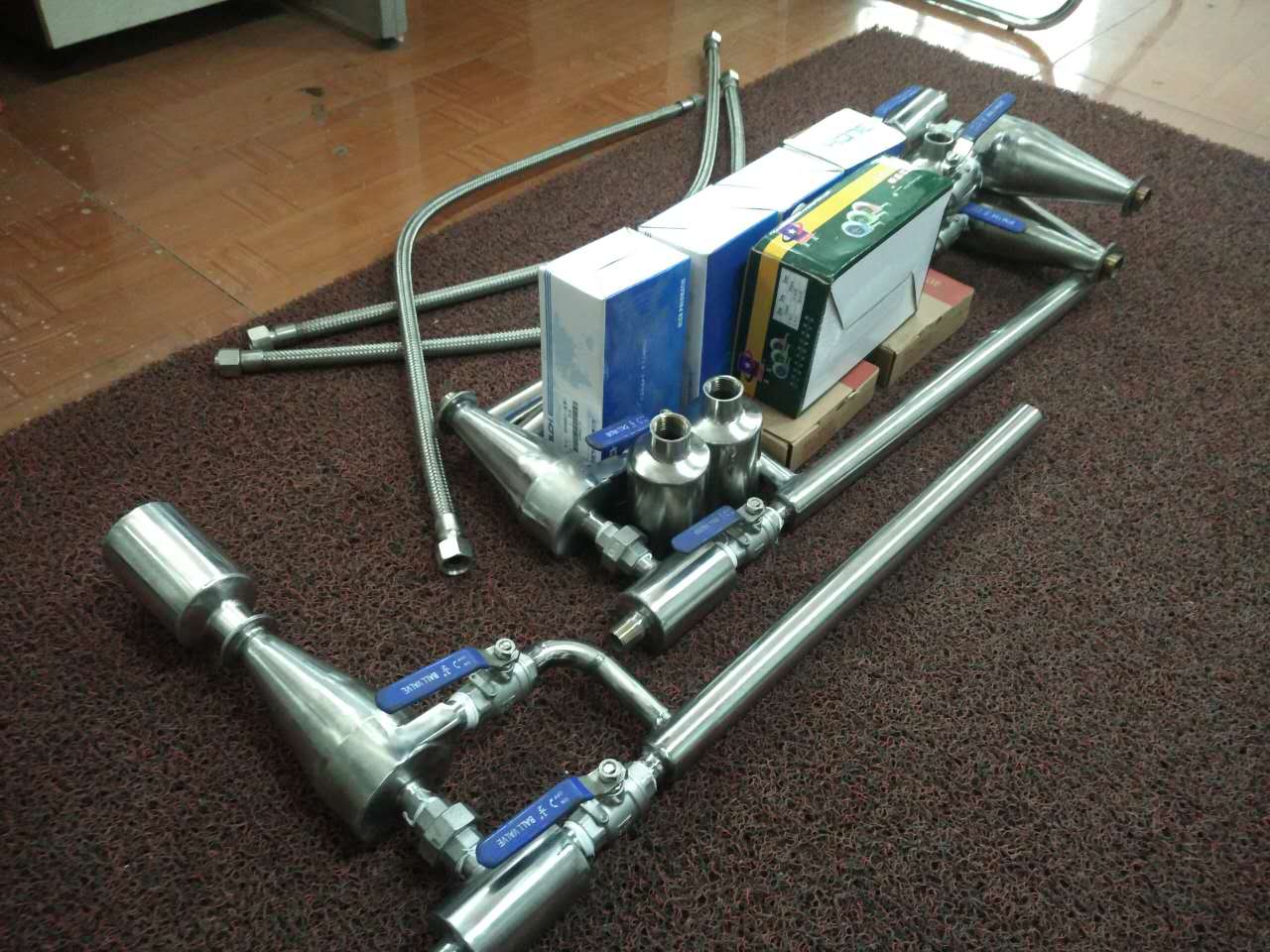Overview of continuous discharge expansion vessel, continuous discharge expander, and expansion vessel:
A continuous blow down flash tank, also known as a continuous blow down expansion tank, is connected to the continuous discharge outlet of a boiler and is used to reduce the pressure and expand the continuous discharge of the boiler. The discharged sewage is separated into secondary steam and waste hot water through thermal expansion in the continuous blow down expansion tank, and then expanded, depressurized, and expanded in the expansion tank Heat exchange is carried out and then discharged. The secondary steam is led out through the pipeline of the valve, and the waste hot water is automatically discharged through the float level valve or overflow control valve. The heat energy can be recovered and reused. The continuous discharge volume automatically adjusts with the change of boiler feedwater load, maintaining a relatively stable discharge rate. So utilizing secondary steam and waste hot water as heat can recover some of the heat lost from continuous boiler discharge and improve boiler efficiency.
Continuous discharge expansion vessel, continuous discharge expander, purpose of expansion vessel:
The function of a continuous sewage expander is to expand and evaporate the boiler's sewage, and separate the steam from the sewage. The separated steam can be recovered to the thermal system (such as leading the steam to the deaerator); Unevaporated sewage can be sent to the sewage cooler to heat softened water, etc. From this, it can be seen that a continuous sewage expander is a treatment equipment that effectively utilizes the heat energy contained in boiler wastewater.
Continuous discharge expansion vessel, continuous discharge expander, expansion vessel boiler auxiliary equipment electrical equipment, so secondary steam and waste hot water can be used as heat to recover some of the heat lost by continuous discharge of the boiler and improve boiler efficiency.
Continuous discharge expansion vessel, continuous discharge expander, expansion vessel safety accessories:
1. The equipment is equipped with safety valves, pressure gauges, and liquid level gauges as safety accessories, which should comply with relevant regulations during use.
2. The opening pressure of the safety valve should be 0.61Mpa.
3. The pressure gauge should be calibrated and qualified before use.
Continuous discharge expansion vessel, continuous discharge expander, use and management of expansion vessel:
The use and management of this equipment shall comply with the relevant provisions of the Pressure Vessel Safety Supervision Regulations.
Continuous discharge expansion vessel, continuous discharge expander, maintenance of expansion vessel:
1. The maintenance of this equipment should comply with the relevant provisions of the Pressure Vessel Safety Supervision Regulations;
2. When repairing the regulating valve, the rear valve should be closed to detach it from the system;
3. Repair should be carried out under pressure.
Continuous discharge expander, continuous discharge expander, and operating precautions for expander:
1. When the boiler requires a large amount of discharge, or when the liquid level control valve fails, the bypass valve should be opened to increase the discharge.
2. The opening of the partial exhaust valve should be adjusted to maintain the working pressure inside the continuous exhaust.
3. Adjust the opening of the liquid level control valve to ensure that the water level of the continuous discharge is at the intermediate position of the water level gauge.
4. The working pressure of the safety valve must be set according to regulations.
5. This equipment can supply sewage from two boilers at the same time. If only one boiler is supplied, a flange cover should be added to the inlet flange of the other boiler.
Continuous discharge expansion vessel, continuous discharge expander, working principle of expansion vessel:
The continuous discharge of sewage from the boiler is saturated water under the working pressure of the boiler, with high temperature and high enthalpy value. If the pressure is lowered, the vaporization of water will decrease, causing the original saturation state to be disrupted. Some water will release overheated heat to become saturated water under pressure, while others will absorb the latent heat of evaporation and become steam. This type of evaporation is called flash evaporation.
The continuous discharge expander utilizes the principle of flash evaporation to obtain secondary steam. The boiler wastewater with fixed parameters is then fed into the expander with a volume several times larger than the pipeline, causing a decrease in pressure and an increase in volume, resulting in flash evaporation of steam. At the same time, the continuous sewage expander relies on ion separation, force separation, and molecular friction separation to separate gas and water, thereby obtaining low salt content secondary steam. The discharged sewage enters the expander from the tangential pipe, causing the fluid to rotate, and the generated steam rises along the expander. After passing through the space, it is separated by the louver steam water separation device, thus completing the entire separation process of steam and water.
The boiler wastewater is continuously and uniformly connected to the blow down flash tank. The wastewater moves tangential in the cylindrical partition of the outer shell and immediately vaporizes into secondary steam. It passes through the upper hundred leaf window type steam water separator for steam water separation, and then enters the outlet of the continuous discharge section for deoxygenation
The remaining sewage is discharged through the water level control valve.
Continuous sewage expansion vessel, continuous sewage expansion device, expansion device structure and main specifications:
The continuous sewage expander consists of a main body, piping system, and accessories. The main body of the continuous sewage expander is composed of a cylindrical shell and an internal device. The internal devices include partitions, louvers for steam and water separators, and floating balls for controlling control valves. For ease of repair, flange connected shells or manholes can be installed on the shells. The types of continuous sewage expanders are divided into vertical and hanging types: the support of the vertical expander can be placed on the ground at the bottom, and the support of the hanging expander can be placed on the platform at the waist. In addition, external accessories such as safety valves, pressure gauges, water level control valves, and liquid level gauges are installed. The main specifications of the continuous sewage expander are: design pressure: 1.4MPa, design temperature: 350 ℃, full volume: 3.5m3. The pipeline system adopts a bypass structure, which is convenient for emergency use when the regulating valve fails or when a large amount of sewage is discharged.
Continuous discharge expansion vessel, continuous discharge expander, installation requirements for expansion vessel:
1. Equipment installation - must comply with the relevant provisions of the Pressure Vessel Safety Supervision Regulations.
2. The installation and use unit shall, in conjunction with the installation and construction unit, clean and inspect the random documents and equipment. Any deformation or damage that may occur during transportation, which is critical to normal use and safety, must be repaired before installation and use.
3. When the technical information such as production qualification, installation and use instructions, and general drawings are not complete, installation and use are not allowed.
4. Install the equipment in place on the support foundation and align it in position.
5. Open the manhole and inspection hole, and dismantle the container flange (equipment connected to the container flange), clean and inspect the inside of the cylinder, ensure that the liquid level gauge interface is unobstructed, and install internal devices before closing the lid.
6. For equipment connected by container flanges, the connecting bolts of the container flange should be evenly stressed.
7. Connect the equipment piping system according to the drawings, and the piping system shall not bear external loads.
8. Install the regulating valve transmission device according to the drawing requirements, ensuring that the adjustment and transmission are positive.
9. After installation, close each pipe hole and conduct a water pressure test according to the drawing requirements. The water pressure test should comply with the Safety Supervision Regulations for Pressure Vessels.
10. After the installation is completed, the construction unit should transfer the technical data, installation specifications, and installation measurement data to the using unit. The using unit should invite the local labor department to inspect the equipment itself and installation, and only after confirming that it is qualified can it be put into use.
Continuous discharge expansion vessel, continuous discharge expander, expansion vessel - different specifications can be arranged according to user needs for separate design schemes! Interested parties contact us!
Continuous discharge expansion vessel, continuous discharge expander, technical parameters of expansion vessel:
[Production Model]: [LP-0.8~5.5B] - [Volume m] 3 0.8~5.5] - (Working pressure MPa0.69~0.785) - (Working parameters ℃ 170~350)
Continuous discharge expansion vessel, continuous discharge expander, and expansion vessel ordering instructions:
1. The number and volume of continuous expansion devices are selected based on the number of boilers and the discharge rate.
When the number of boilers is relatively high, the number of continuous row expanders can be increased.
3. The continuous sewage from the boiler is throttled and sent to the sewage expansion vessel for expansion and evaporation. The expanded steam is recovered to the thermal system.
In order to stabilize the pressure, steam is usually directed to the deaerator..
5. Generally, 2-4 boilers are considered to be equipped with one continuous expansion vessel, but not limited to this regulation. The selection should be based on the production specifications of the continuous expansion vessel and the specific situation of the project.
Lisheng Company is committed to improving the safety, efficiency, and stability of continuous sewage expansion tanks, continuously improving and innovating production technology, creating unique designs that seamlessly integrate with architecture.
Continuous discharge expansion vessel, continuous discharge expander, main models of expansion vessels include: LP-0.8, LP-1.5, LP-3.0, LP-3.5, LP-4.0, LP-5.5, LP7.0, etc.
Series and main technical parameters of continuous discharge expansion vessel, continuous discharge expansion device, and expansion device:
| 型號 | 工作壓力MPa | 設計壓力MPa | 設計溫度℃ | 工作溫度℃ | 容積m3 | 備注 |
| LP-0.8 | 0.69 |
|
| 170 | 0.8 |
|
| LP-1.5 | 0.17 |
|
| 170 | 1.5 |
|
| LP-1.5Z | 0.196 | 0.245 |
| 170 | 1.5 | 自調式 |
| LP-1.5l | 1.785 | 0.864 | 350 | 350 | 1.5 | -- |
| LP-1.5ll | 0.294 | 0.323 | 300 | 250 | 1.5 | 二- |
| LP-3B | 0.70 | 0.98 | 200 | 170 | 3.0 | 高壓 |
| LP-3.5 | 0.69 |
|
| 170 | 3.5 |
|
| LP-3.5l | 0.60 | 0.69 | 350 | 350 | 3.5 | 高溫 |
| LP-3.5B | 0.88 | 0.98 | 200 | 170 | 3.5 | 高壓 |
| LP-4 | 0.2 |
| 300 | 260 | 4.0 |
|
| LP-5.5 | 0.69 |
|
| 170 | 5.5 |
|
| LP-5.5B | 0.785 | 0.9 | 200 | 170 | 5.5 | 高壓
|
